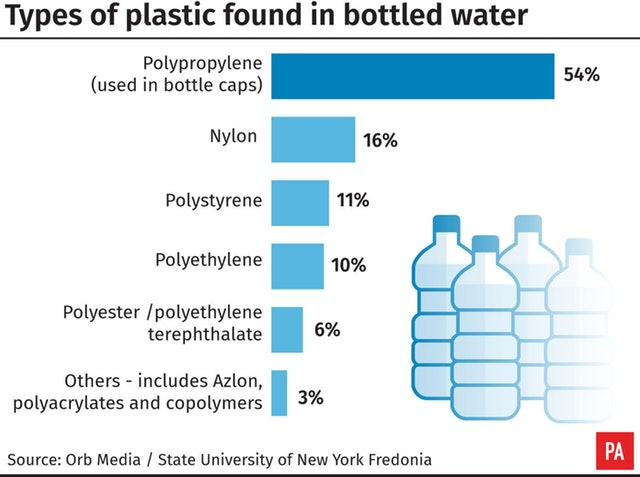7667766266
enquiry@shankarias.in
Why in news?
A new research has shown the presence of micro-plastic particles in bottled drinking waters.
What are the findings?

Why is the study so significant?
What is the concern with micro-plastics?
Is this a human health concern?
What does it call for?
Source: The Hindu
Quick Fact
Bioaccumulation
Biomagnification